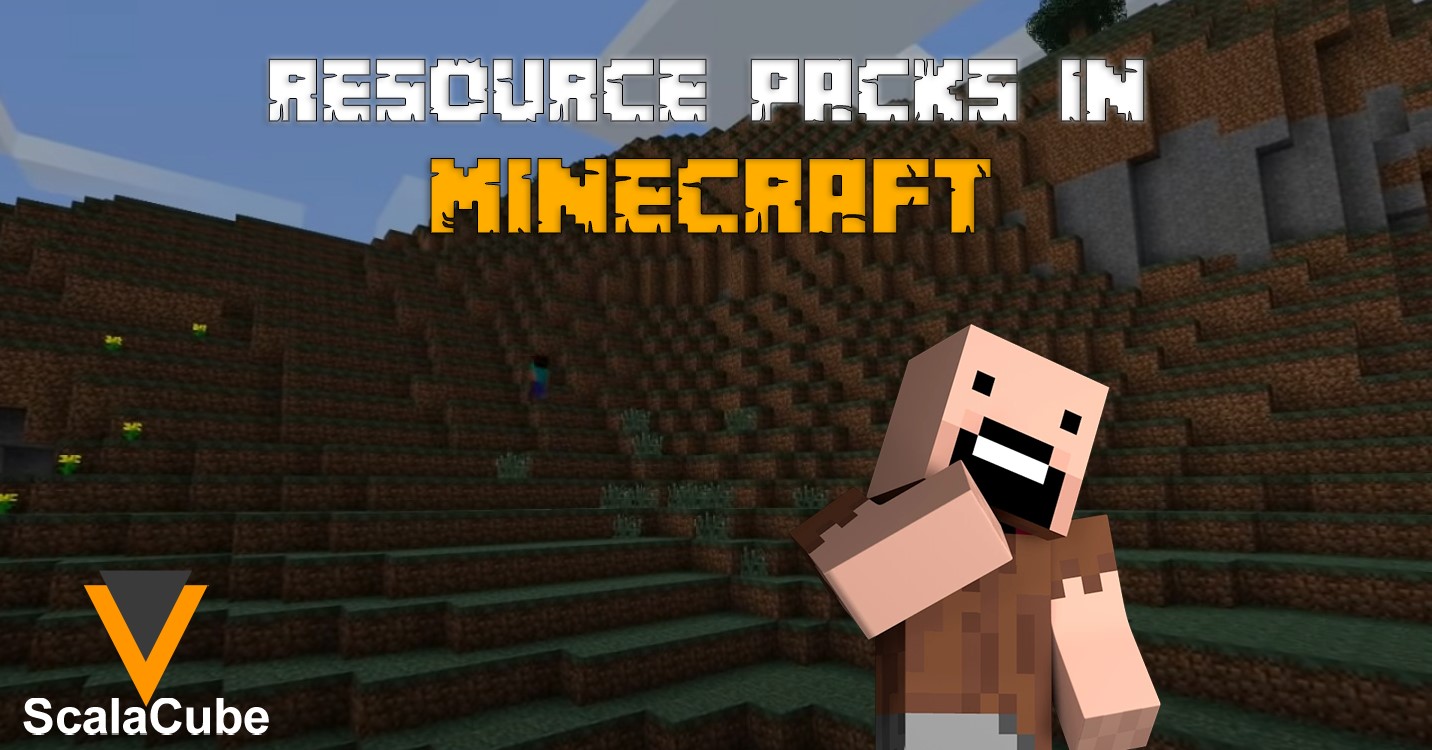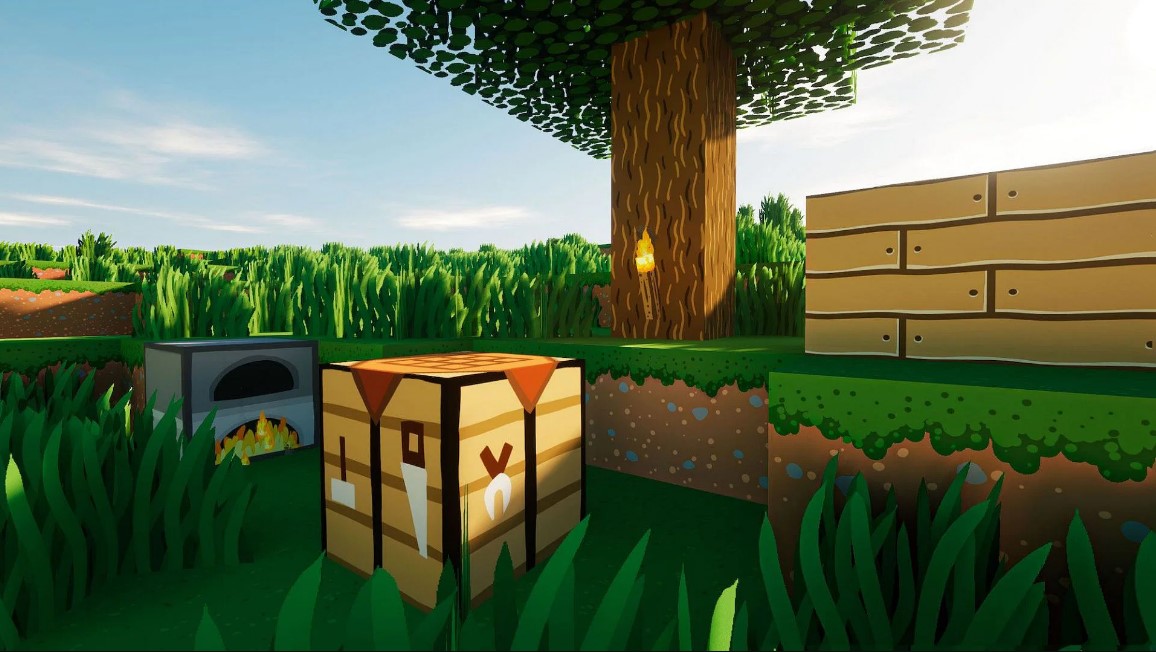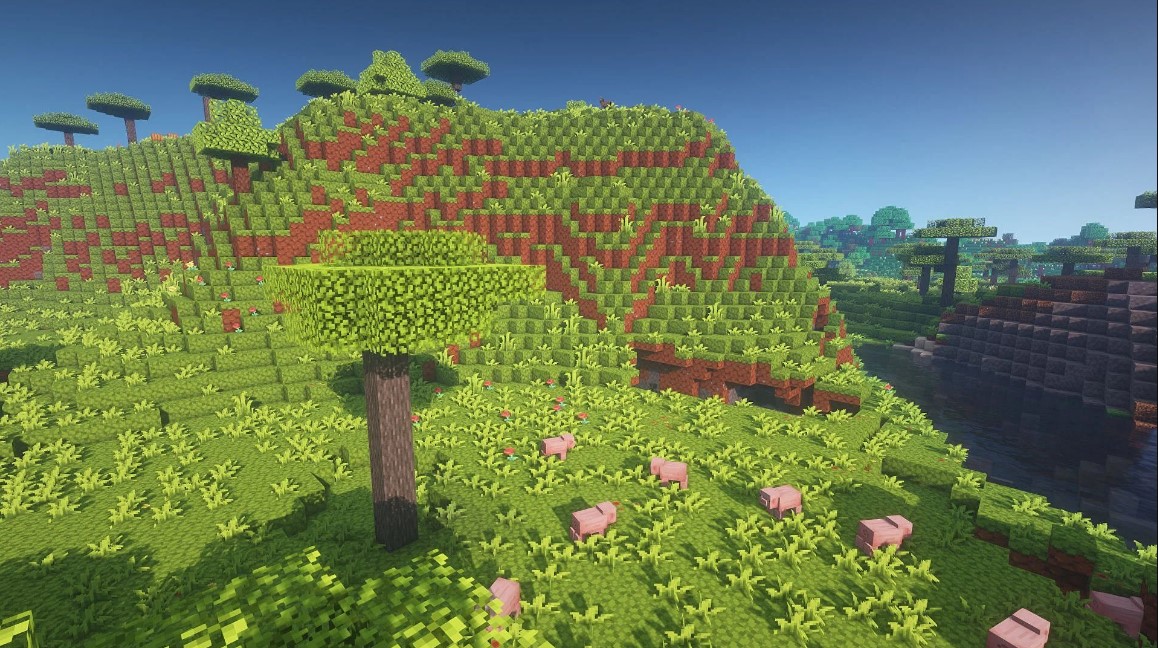Resource Packs in Minecraft
Make Your Own Minecraft Server For Free
Your own Minecraft server is only 5 minutes away! We support simple one click install for over 1000 unique modpacks.
Free Minecraft Server Hosting

Dive into the world of Minecraft customization with Resource Packs, formerly known as texture Want a new look for your game? Packs let you simply change the whole scene. The blocky world of Minecraft will take on a new style. You can go high-res or dive into a more cartoon-like or magical theme.
For a stunning, even real-like Minecraft journey, go for resource packs. There are tons to choose from. This way, you can customize your game's design to your taste. You get a game world that's just for you.
In Minecraft, resource packs may be used to change the visuals, audio, and other game aspects. Server resource packs, such as the one on ScalaCube Minecraft server hosting, enable you to give a custom resource pack to all users on your server automatically.
Minecraft Texture Packs and Resource Packs – The Difference
Resource packs and texture packs for Minecraft are great tools that let players easily change the appearance of their game. Despite being essentially identical, there are a few key differences between the two. Nowadays, most people think that the term "texture pack" is archaic and only used by early adopters of the game.Installing a texture pack was once the simplest way to alter the appearance of the Minecraft game version. Since their first rise in popularity about ten years ago, the Minecraft community as a whole has downloaded a vast number of these texture packs.
However, Mojang, the people that created Minecraft, made the decision to devalue the current texture pack technique as of the 1.6.1 update.
Resource packs, in principle, provide all of the core functions of texture packs, enabling players to modify the design of any blocks and objects in the game. Resource packs, on the other hand, provide users significantly greater power over customizing Minecraft's finer aspects, such as basic sounds, scripts, languages, animations, and so on.
One significant benefit of resource packs is their ability to now purposefully remove item textures, with the game merely filling in the spaces with comparable Minecraft vanilla textures. This enables resource packs to be substantially less in size, as well as easy to design and manage.
Another significant feature of the resource pack system is its ability to stack. This implies that gamers can combine textures from multiple resource packs at the same time.
Installing Minecraft Texture Packs

The 1.18 update for Minecraft has breathed fresh life into the game's landscapes. But after playing for hours on end, the same pixelated look might get boring. Fortunately, you can easily fix this if you know how to install texture packs for Minecraft. For those who do not know, texture packs offer a complete visual overhaul for nearly every block and monster in the game.
In contrast to Minecraft skins, textures alter not just our characters but also the environment in which they exist. They are virtually the same as the best Minecraft modpacks, however other from appearances, they don't have any special features.
That being said, texture packs have the ability to significantly alter your gameplay experience. Suppose you want to elevate your gaming experience to the next level. In that case, ScalaCube uses cutting-edge technology to deliver perks such as limitless plugins and traffic, unmetered bandwidth, and unparalleled access to all files.
Contact our support for assistance related to setting up modded Minecraft server for you!
ScalaCube Minecraft server hosting offers extremely fast servers, and because lagging is a major worry for players, which ScalaCube excels at, you should definitely consider it. You don’t have to worry about any interruptions when installing your texture packs or switching up to a new one. The process is entirely seamless, offering a lag-free experience altogether.
Here’s how to install different Minecraft texture packs:
Minecraft Java Edition

The Java edition of Minecraft is only available for PC users. It is only compatible with Windows, macOS, and Linux. You may install a texture pack on one of these systems by following the procedures below:
- Download texture packs
Unlike Minecraft Bedrock Edition, Java users are unable to access the official shop. They must thus download customized texture packs one at a time. Remember that the texture pack for the Java edition will always download as a file with the ".zip" extension. Nevertheless, there's no need to extract that file. Proceed with the installation process.
- Texture Pack Installation and Activation in Minecraft
Texture packs are recognized as resource packs in future editions of the game. Resource packs, unlike texture packs, allow you to add custom sounds to the game. The installation procedure for both is essentially the same, so follow the directions below:
- To begin, launch Minecraft and navigate to the homescreen's "Options" icon. It's adjacent to the "Quit Game" button.
- Then, under "Options," select the option labeled "Resource Packs" or "Texture Packs." The choice will be visible in the bottom left corner in either scenario.
- Finally, this selection will take you to a list of Minecraft's installed resource and texture packs. If you're engaging in the game in windowed mode, you may install the texture pack by dragging and dropping it. If not, go to the bottom and click the "Open Packs Folder" option.
- The button will take you to one of the following directories: %AppData%\.minecraft\resourcepacks (Minecraft 1.16.1 and later)
- Once installed, the pack will appear in the game. Then, to enable the pack, click on its icon. It may take a few seconds for the textures to be activated, but they will be added the next time you start your Minecraft world.
%AppData%\.minecraft\texturepacks (Minecraft 1.16 and earlier)
Minecraft Bedrock Edition

Windows 10 and 11, Xbox One, Xbox Series S and X, PlayStation 4 and 5, Nintendo Switch, and other VR devices are all compatible with the most recent version of Minecraft, Bedrock.
If you've ever investigated the process of installing these packs on a server, you've undoubtedly seen how complicated and perplexing everything is. However, ScalaCube Minecraft server hosting lessens the discomfort of the process. It's as easy as moving a folder to another to install an extension. You can learn how to play Minecraft using an Oculus headset if you've never done it before. Any of the following devices can use the instructions below.
- Obtain Texture Packs
- To begin, launch Minecraft Bedrock and go to the homescreen's "Settings" button.
- Scroll to the bottom until you locate the "Global Resources" option in settings and click upon that.
- If you currently have any texture or resource packs loaded manually or through DLC, they will display in this area under "my packs." If nothing is provided, choose the "View More Packs" option.
- Unlike Minecraft Java, the Minecraft Marketplace offers a wide range of free and commercial texture packs. You may also look for theme-specific texture packs. Select the one that piques your curiosity.
- Finally, on the texture pack page, click the "free" or "price" option. It's in the upper right corner. If you buy the texture pack, you must input payment details to finish the transaction. However, if it is a free pack, it will appear in your account immediately.
- Install Texture Packs
- Once you've uploaded the texture pack to your Minecraft account, you'll be able to locate it on any program that supports Minecraft Bedrock. You only need to check that your login details are the same. To use the texture packs, follow these instructions on Bedrock:
- First, go to the texture pack's purchase page and click the "download" button. You may also access it in the "Global Resources" section of the game settings.
- The download time will vary depending on your internet connection speed. Once obtained, go to the same page and select the "Activate Texture Pack" link.
You don't have to wait any longer to install your favorite Minecraft texture packs thanks to ScalaCube Minecraft server hosting.
FAQ
What's the scoop on Minecraft resource packs versus texture packs?
Simply put, resource packs and texture packs in Minecraft used to be the same thing. They're bundles of files that spice up Minecraft's visuals and sounds. But resource packs go a step further—offering wider changes to the game's look and noise.
Can Minecraft players set up and use resource packs? How?
Absolutely! Installing resource packs in Minecraft is easy. Just download your chosen pack and tuck it into the game's resource pack folder. Then, in the game settings, go to the resource pack area and pick the pack you put there.
Will resource packs change how Minecraft looks? How so?
Absolutely! Resource packs can dramatically change Minecraft's look, offering realistic graphics, moving textures, and fantastic styles. They're a fun, flexible way to boost the game's visual appeal.
Will resource packs work with all Minecraft versions?
Not always! Resource packs are built for specific Minecraft versions. So, always check that the pack you pick matches the game version you're playing. This check helps dodge potential compatibility problems.
Make Your Own Minecraft Server For Free
Your own Minecraft server is only 5 minutes away! We support simple one click install for over 1000 unique modpacks.
Start Your Server For Free!
Copyright 2019-2026 © ScalaCube - All Rights Reserved.